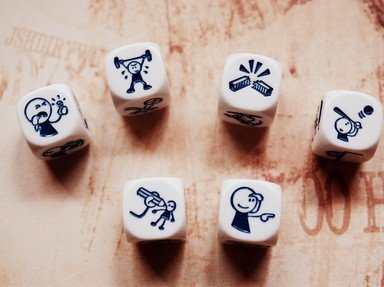Quiz Answer Key and Fun Facts
1. In the process of wine making, what is the name given to the portion of wine that evaporates naturally?
2. Before changing his name to that by which he became famous, what was the prior name of the Jewish Polish American movie producer, Samuel Goldwyn?
3. In 1952, what happened when one of London's iconic double-decker buses was crossing the beautiful Tower Bridge?
4. The word "chancer" in Ireland originates in a hole cut in the door of which famous cathedral there?
5. Moving to Australia now, what was, and sometimes still is, stored in a Coolgardie Safe?
6. Which great American writer, associated with the riparian, was the first to present a typed manuscript to a publisher?
7. John Singer Sargent's 1884 "Portrait of Madame X" was considered so controversial when first unveiled in Paris that he was forced to move back to London. What caused this astonishing reaction?
8. How was the death or life of a dying or deceased Pope verified, before the 20th century?
9. Is it true that art competitions were once part of the Modern Olympics - yes or no?
10. American actor Telly Savalas was born with a very mild body deformity which, it's doubtful, anyone ever picked up on. What was it?
Source: Author
Creedy
This quiz was reviewed by FunTrivia editor
agony before going online.
Any errors found in FunTrivia content are routinely corrected through our feedback system.


